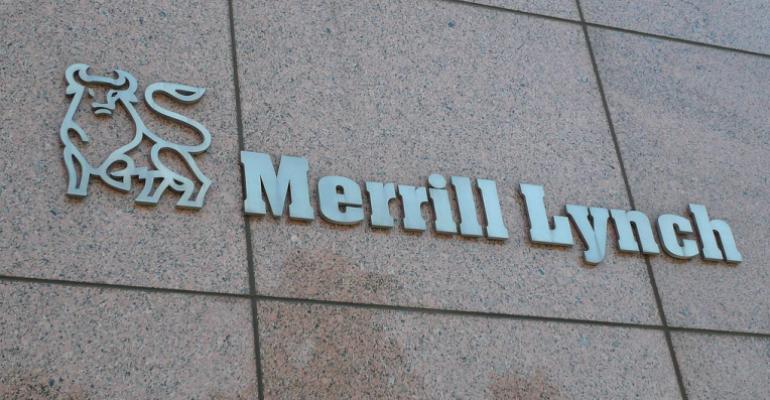Wealth management continued to perform well for Bank of America, which reported its third quarter earnings Friday morning.
The bank’s Global Wealth and Investment Management unit, which includes the Merrill Lynch brokerage business, reported net income of $769 million, up $71 million, or 10 percent, compared to the third quarter last year. Meanwhile, the unit’s revenue was up 6 percent to $4.6 billion compared to a year ago.
Referrals to the unit from other areas of the company increased 10 percent year over year.
Higher market valuations and “solid” client activity led to record client balances of $2.7 trillion, 7 percent more than the third quarter last year, and Merrill Lynch was a key contributor to that number. Record client balances at the brokerage hit $2.25 trillion, representing 2 percent growth from the second quarter and 7.5 percent growth compared to last year. U.S. Trust also had record client balances of $413 billion, up 7.5 percent YOY.
Revenue from Merrill Lynch was up 5 percent YOY due largely to higher net interest income and asset management fees. Lower transactional revenue offset the total, but assets continue the move to fee-based management, according to a statement from the company.
That shift, brought on in part by probable regulatory changes, is partially welcomed since fee-based management has proved to be more lucrative for the brokerage.
Much attention has been paid to advisors leaving the largest brokerages, including Merrill Lynch, but headcount was up 286 YOY to a total of 14,954 advisors. The brokerage attributed the growth to the training program’s graduates and the recruitment of experienced advisors (despite the firm no longer paying outsized bonuses in the form of forgivable loans like it once did). It was the 15th consecutive quarter of advisor growth.
Assets in Merrill Edge Guiding Investing, the discount brokerage platform launched several years ago, were up 21 percent YOY.
A spokesperson for the brokerage said only about one-third of the growth was attributable to market appreciation. Expanded digital offerings on the mobile platform and the first-quarter launch of the MEGI were the primary drivers of the uptick.





